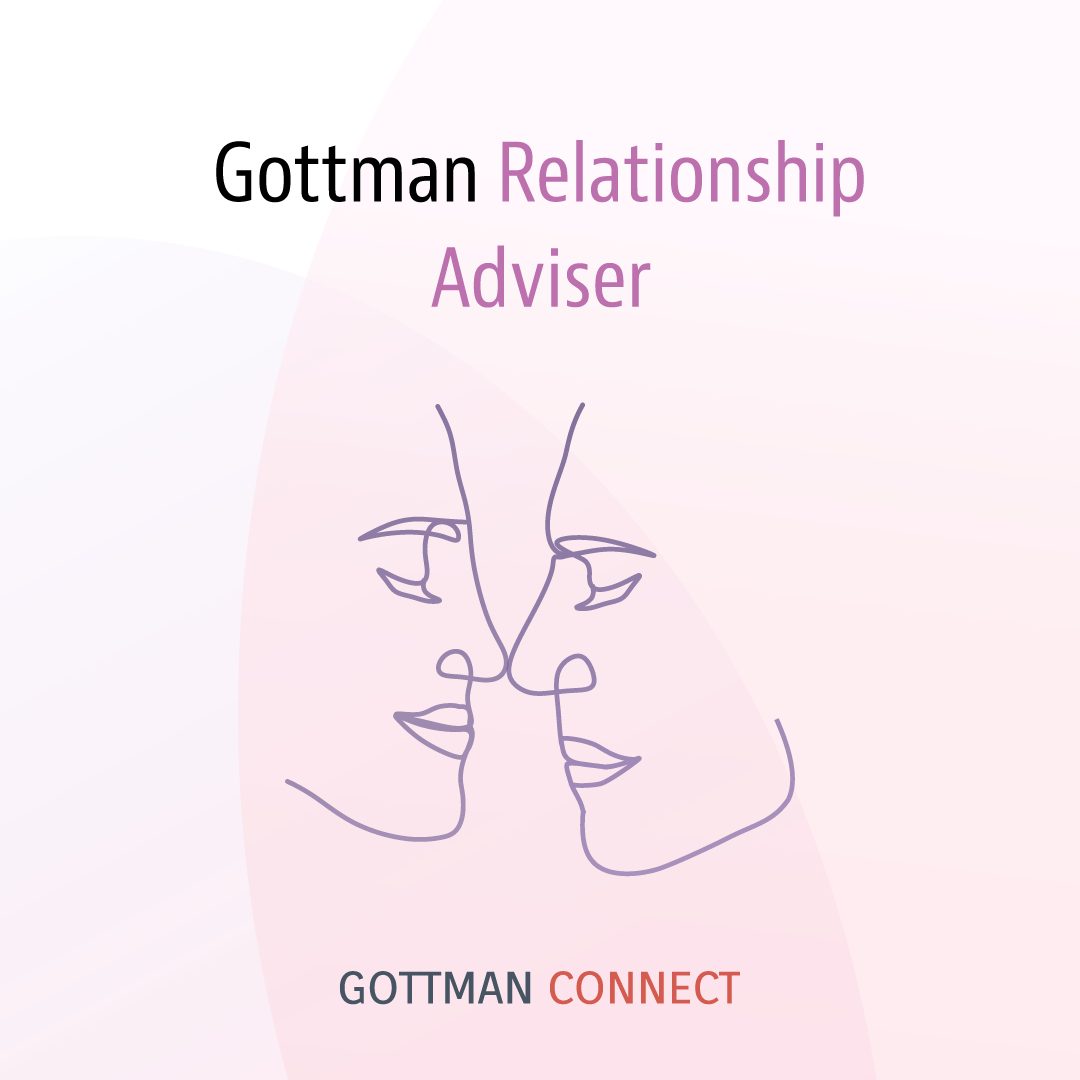The last step of the Emotion Coaching system is to set limits while helping your child to problem-solve. This should come naturally to any parent, as humans are drawn into the advice-giving stage of problem-solving conversations. The Gottman research mirrors the findings of popular child psychologist and bestselling author Dr. Ginott, whose communication system involves the following principals:
- Never deny or ignore a child’s feelings.
- Only behavior is treated as unacceptable, not the child.
- Depersonalize negative interactions by mentioning only the problem. Ex: “I see a messy room.”
- Attach rules to things. Ex: “Little sisters are not for hitting.”
- Dependence breeds hostility. Let children do for themselves what they can.
- Children need to learn to choose, but within the safety of limits. Ex: “Would you like to wear this blue shirt or this red one?”
Below are five key steps of problem-solving discovered by Dr. Gottman in his own research on Emotion Coaching, as well as explore their underlying principles and the effects of their application to your child’s development.
1. Set limits
In the likely event that your journey into the thorny lands of problem-solving is made especially prickly by your child’s misbehavior, it is important to understand the key element of setting limits. Avoid harsh criticism of your child’s actions and instead focus on the emotions underlying their behavior. Here, we take Ginott’s advice in making it clear to a child that, although their behavior might not always be acceptable, their feelings and wishes always are. While discipline is necessary in raising your little one, Drs. John and Julie Gottman make a further note in their discussion of disciplinary methods.
While a 1990 survey of college students exposed that 93% were spanked as children, the consequences of spanking scientifically prove to be troubling. Past research studies show that “spanking teaches, by example, that aggression is an appropriate way to get what you want… [and that it] can have a long term impact as well,” and that spanked children, “as teenagers… are more likely to hit their parents… as adults more likely to be violent and tolerate violence in their relationships,” and that “interestingly, studies of parents who have been trained in other methods of child discipline show that once they find effective alternatives, they drop the spanking.” Apparently, more reasonable methods will suffice. As an added bonus, we think your children might be grateful.
2. Identify Goals
If you dive from Setting Limits into Identifying Goals and find yourself floundering about in a whirlpool of confusion, chances are that you dove too fast. Luckily, clambering back up onto the safety of the first step will allow you to avoid the misfortune of drowning. Make sure that you are hearing your child, understanding their feelings, empathizing and labeling them, and generally applying the four steps of Emotion Coaching before embarking on this one with greater confidence. When your child is ready, you can begin to identify goals by clarifying and understanding their ideas in solving the problem at hand.
3. Think of Possible Solutions
Without taking too great of an authoritative role in the problem-solving process, thereby inundating your child with your own ideas for possible solutions, make suggestions to your child at a rate which they can process. It is important to treat a 5 year old differently than a 15 year old when making problem solving suggestions. As a child grows up and matures, the number of solutions you can offer to come to problem resolution will increase. Few children under ten are equipped for abstract thinking, and can only deal with a few ideas at a time, while older children are able to engage in brainstorming and have the ability to understand the theoretical implications of similar experiences they (or you!) have encountered in previous problem-solving attempts.
4. Evaluate Proposed Solutions Based on Your Family’s Values
This step is relatively self-explanatory. Asking questions about the ramifications of possible solutions according to your family’s moral or ethical system will help to instill your family’s values in your child. If a kid wants to deal with Johnny’s ill-advised teasing at school by asking all the other kids to ignore Johnny at recess the next day, you might want to ask the following questions: “Would that be fair?” “Would it work long-term?” “How would Johnny feel about that?” “Is there anything else you can think of?” Hopefully, a less absurdly ineffective plan can be devised. Luckily, talking through problem-solving in the context of your family’s values is a classic example of two birds/one stone: if you try to encourage your child to practice an abstract ethical system in a theoretical context, you are figuratively throwing a very heavy stone into an endless void. Young kids have little experience with hypotheticals and abstract concepts, but inspiring your little ones to see these values at play in a situation they are currently dealing with is an incredibly effective method of teaching your child about ethics and simultaneously solving the problem at hand!
5. Help Your Child Choose a Solution
The final step is the one with the greatest potential to empower kids dealing with difficult situations. While enhancing their abilities and confidence in thinking for themselves, give advice and offer up anecdotes from your own experience in dealing with similar problems. Talk about what worked, what didn’t work, and why. Once you have chosen a solution the two of you can agree upon, you can work together in figuring out a plan for its implementation. Remember that we all learn from our mistakes! This is not the last time your kid will face a difficult situation, but if you work through the relatively minor problems they experience while they are young, they will be better equipped to deal with more intense predicaments and moral quandaries later in life.
Practice Emotion Coaching and see the difference this research-based system can make in your family’s life. If you want to find out more about raising emotionally intelligent children and teaching them skills they can carry with them from toddler years into adulthood, see “Raising An Emotionally Intelligent Child.”










